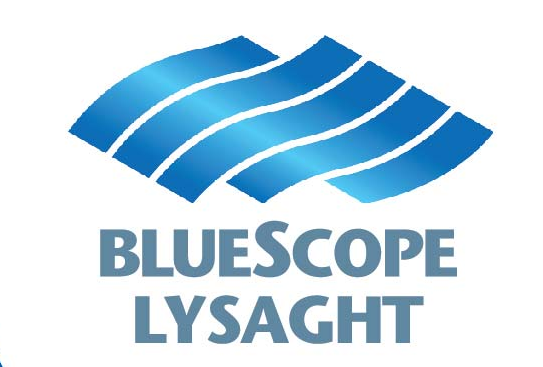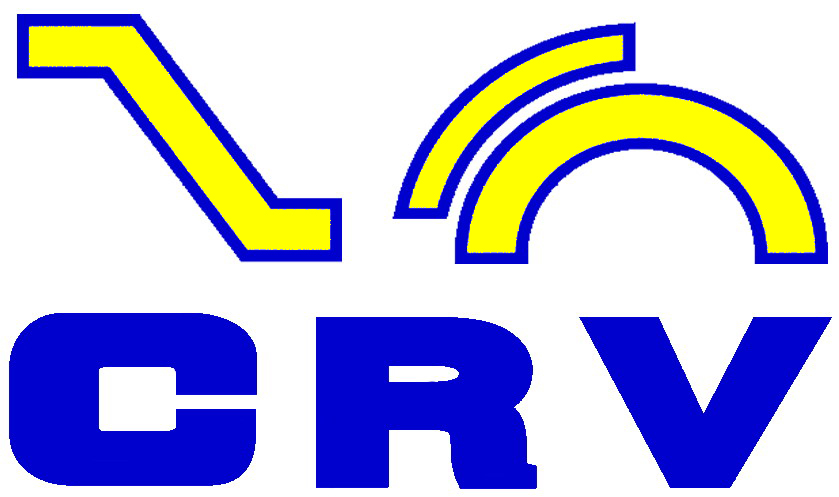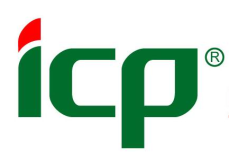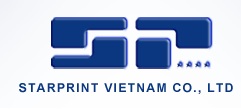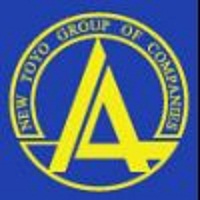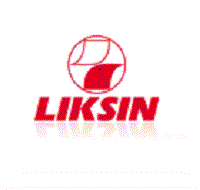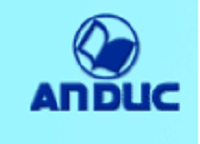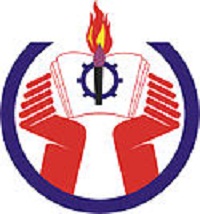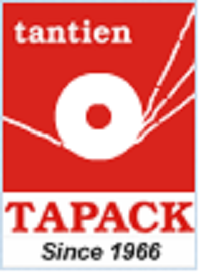
Thư viện
Tổng quan Bảo trì tự quản AM bước 4
Bảo trì tự quản AM là một nội dung của bảo trì năng suất toàn diện TPM. Bảo trì tự quản AM triển khai cho phòng sản xuất/cho nhân viên vận hành thiết bị.
Giới thiệu tổng quan bảo trì tự quản AM bước 4:
Step 4 builds on the work of steps 1-3 by further developing the technicians skill to address deterioration of the specific components in the different technologies or systems of their equipment/process. By doing this, the results in minor stops / operator interventions will improve, as will the number of breakdowns and quality defects. Equipment/process improvements are also made which helps reduce the total effort required to maintain the equipment.
Step 4 is broken into sub-steps for each inspection technology or category. Common categories include Fasteners, Pneumatics, Hydraulics, Drives, Electrical/Controls. Categories for processing systems or specific site technologies can also be addressed, such as steam traps, control valves, pumps, etc. The PM pillar must work closely with AM to determine the inspection categories based on the recurring breakdowns and CIL defects found as well as the capability targets of the line organization.
The activities of each step 4 sub-step include: education on the types, inspection, and repair techniques for individual components of the category being addressed; development of a system diagram and specific inspection checksheet; and a thorough inspection to identify and correct any abnormalities. Then, just as in previous steps, an inspection standard is created to ensure the equipment conditions and results are maintained. This general sequence is then repeated for the next inspection category.
Step 4 continues to build on the capability developed in steps 1-3 by introducing the key concepts of Structure & Function Approach to Inspection, Equipment/Process Relation to Product Quality, and the “Know-Whys” of Inspection. These concepts are detailed in the remainder of this chapter.
The step 4 audit defines the requirements for completing the step, but the overall outcomes can be grasped in the diagrams above and on the next page. It is important to remember that the activities on the CIL standard from steps 1-3 need to continue and should be functioning effectively in a DMS mode. This will enable AM teams to take on the new step 4 work.
Mục đích của bảo trì tự quản AM bước 4:
VỀ THIẾT BỊ/ FOR THE EQUIPMENT
- Identify & Correct Equipment System & Component Abnormalities:
Step 4 continues to establish the ideal equipment conditions by identifying and correcting abnormalities in the various systems and components that form the equipment/process. In Step 3, the aim was to establish proper lubrication conditions by thoroughly inspecting and correcting any lubrication abnormalities, then establishing standards for the normal condition of the lube system components. Step 4 takes the same approach with the other systems such as pneumatics, drives, controls, etc that make up the equipment or process.
- Improve Selected Losses:
Just as in the earlier AM steps, sub-theme and individual improvement projects are conducted to address a specific loss and improve the overall equipment performance.
- Improve Difficult Areas and Apply Visual Controls:
During the inspection of each system, areas will be identified that are hard to inspect, operate or maintain. Using the analysis and improvement skills learned in the earlier steps, these areas are improved to help reduce the overall inspection time. Visual Controls are also applied to the new inspection items to make it easy to detect (at a glance) the normal equipment/process conditions, and facilitate the daily work of maintaining these conditions.
- Maintain Basic Conditions:
Teams have worked hard during steps 1-3 to establish the equipment/process basic conditions. These conditions must be thoroughly maintained by following the standards as part of the daily work, so that the equipment does not revert back to its deteriorated condition.
VỀ CON NGƯỜI/FOR THE PEOPLE
- Develop Teamwork:
Step 4 capitalizes and reinforces the teamwork developed in steps 1-3, as members rely on each other to maintain the equipment conditions following the established standards. Mutual support and cooperation are also required as members develop their knowledge and skill in each inspection subject.
- Develop Skill:
The overall aim for people in step 4 is to develop technicians who can identify and handle deterioration and equipment/process abnormalities. Step 4 takes a proactive approach by providing specific education and hands-on practice and application to their equipment to develop these skills. Through the activities of step 4, people learn: the structure and function of their equipment/process; inspection and basic maintenance skills; the evaluation and proper handling of parts deterioration; methods for collecting and analyzing inspection data.
- Develop Awareness:
People develop an awareness of how the individual components on their equipment relate to each other, how they are a part of a complete system, and how their condition affects the performance of the equipment and the quality of the product. Awareness of safety is also promoted as people develop a better understanding of the equipment structure and function and continue to expose hazards and hidden abnormalities.
Bảo trì tự quản AM bước 4 sẽ phát triển các kỹ năng:
The specific capability that AM Step 3 provides can be viewed in terms of what results (output and in-process) are impacted, what technical processes or systems are established, and what behaviors are developed.
- Results:
- Minor Stops/Assists reduced by at least 80-90% from baseline
- Inspection Time for each category is reduced 90% from baseline
- Systems:
- Process Management & Equipment Centerlining
- Inspection Standards & Checklist Management
- Behaviors:
- People are diagnosing technical/system related problems
- People are using devices/tools to improve their inspection skills & methods
- People are measuring deterioration trends, stratifying and analyzing data
- People are managing the equipment/process at optimum settings
- People are taking on more complicated improvement projects
- People are using roll-down training methods to spread knowledge & skills
Các hoạt động chính của bảo trì tự quản AM bước 4:
Step 4 can be broken down into specific activities that are conducted to help achieve the overall aims of the step and deliver the specific capability. While these activities can be thought of in terms of sub-steps and shown sequentially, they are actually a repeated cycle of activities following the CAPD cycle discussed in the general overview. Below is the general flow of the major activities in step 4:
Các khái niệm chính của bảo trì tự quản AM bước 4:
There are several key concepts introduced in step 4, that support the specific activities in the step as well as build on the concepts introduced in steps 1-3.
- Structure & Function Approach to Inspection:
Step 4 approaches the inspection of the equipment/process from its “structure and function”. This is done by first identifying the different systems that form the equipment along with the parts and components in those systems (I.E. the Structure) and then defining the role or purpose those parts play, and the ideal condition of those parts (I.E. the Function)
There are a lot of diffirent parts & systems that make up the structure of this equipment !
- Lubrication System
- Drive System
- Pneumatic System
- Instrument & Controls System
What function does this filter serve, and what are the conditions that should be checked?
What happens to my equipment and the product if it is not functioning correctly?
Step 4 begins by providing education on the equipment structure and function. One of the tools used to help understand all the systems and components that make up the equipment structure is the Work Point Analysis. This technique helps you understand the relationship of all the different systems by focusing on a specific point on the equipment where work is done, or a transformation takes place (I.E. WorkPoint). For each system of the work point, a diagram is made which identifies the individual components or parts of that system. For each part, the specific conditions that must be inspected are identified and included in the inspection checksheet. The diagram below helps illustrate this approach:
- Equipment/Process Relation to Product Quality:
Since step 4 deals with establishing the proper condition of all the different systems and their associated components, it is important to know the relation between the specific settings of these components and the product quality characteristics. The intent is that as the systems and their components are inspected, the specific operating conditions are understood, so abnormalities can be identified and inspection standards established.
A Machine-Quality Matrix is a helpful tool to help summarize the key product quality characteristics and the associated equipment settings.
The intent is not to drive product quality in step 4, but to develop a deeper understanding of the relation the equipment has on quality. This understanding enables the AM teams to establish inspection standards that include the proper operating settings or centerlines for their equipment/process. In this manner, step 4 provides a foundation for the work in step 6 to totally eliminate product quality defects.
· The “Know-Why’s of Inspection:
A key concept in the inspection education process, is teaching why the inspection point is important, or what will happen if the abnormality is not corrected. This “Know-Why” education helps reinforce the importance of conducting the inspections, but also develops the troubleshooting skills, and the ability to focus the daily inspection based on the symptoms, or phenomenon occurring in the process/equipment.
------------------------------------------------------
Ông: Nguyễn Đình Cương.
Chuyên viên Tư vấn Lean - TPM, công ty Tư vấn TST VN.



